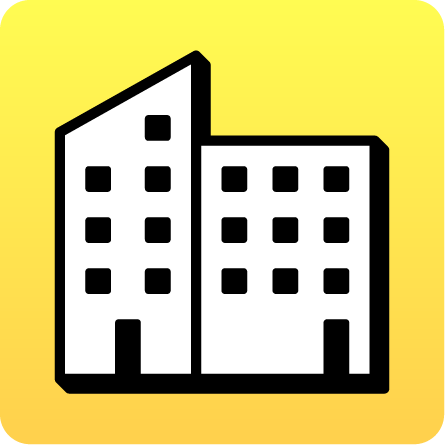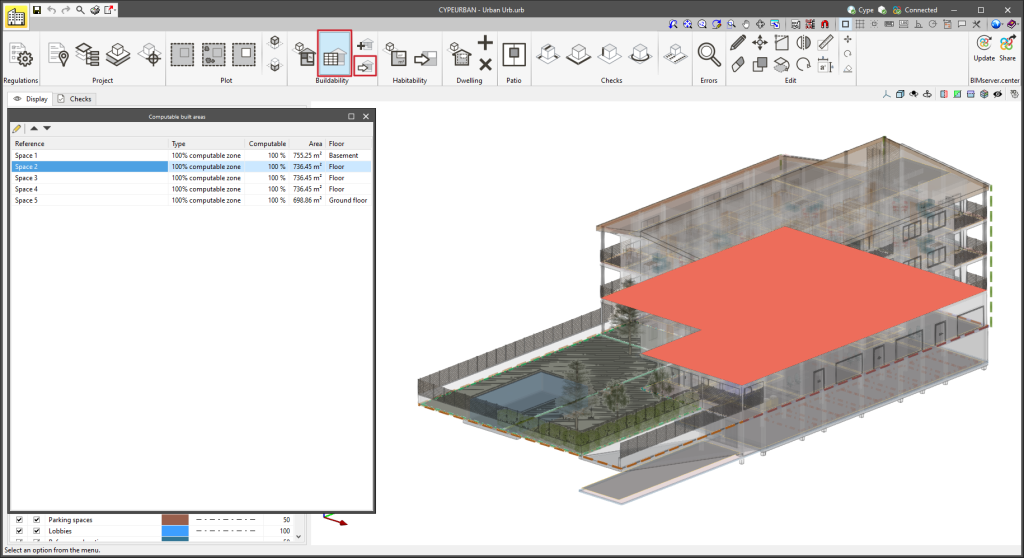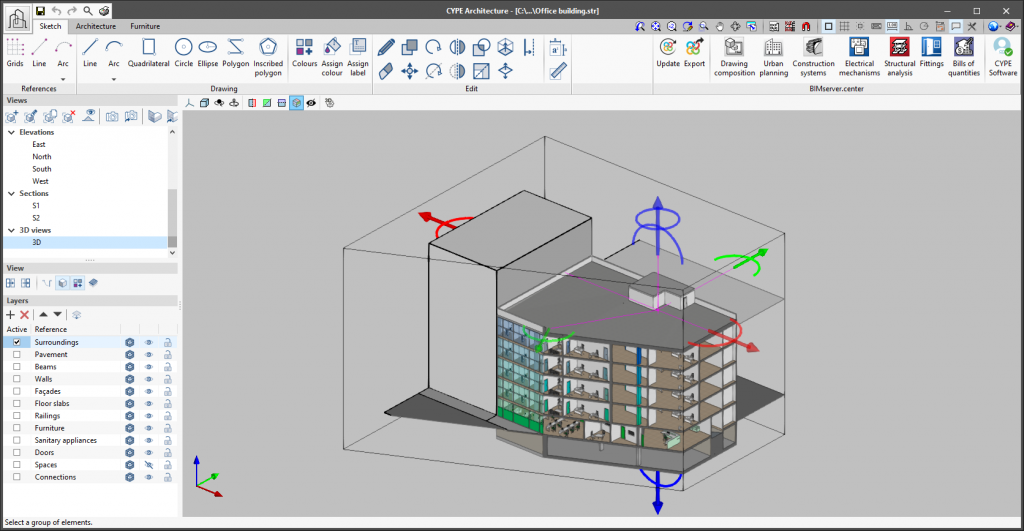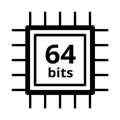CYPEURBAN version 2023.g includes new tools regarding computable built areas:
- New check for computable built areas according to use
Check the maximum built area, computable in square metres, according to the different uses of the building. The tool allows IFCSpace to be imported and mapped to the different uses of the building. - Computable built area table
The table shows all the computable built areas of the job and allows users to browse through them while they are highlighted in the 3D model. The table allows the surfaces to be sorted according to computation, use or storey. - Assign properties of computable built areas
Allows users to change the properties of the computable built areas: computation and use.






